- Written by Meagan Gilpin, Branch Librarian
- Category: Blog
Do you wish your child would graduate from comic books to chapter books? Are you nervous that he or she isn’t getting enough out of reading time because of his or her love of graphic novels? Then you’ve come to the right place! By the end of this post, we hope that your anxieties will be alleviated and peace restored in your happy home.
Below is a list of comments we frequently hear about comic books. Perhaps they sound familiar! Read further for some insights from your local librarians:
“I want my child to start reading ‘real’ books, but all she wants to read are comics.”
Fear not, caring parent! Comic books are real books! They have pages, a spine, words, a publisher, and all of the other physical elements of those classics you grew up reading. But, that’s far from the whole story. Comics are also very effective at developing crucial twenty-first century literacy skills, such as visual and multimedia literacy, where regular prose falls short.
“I want him reading more challenging books.”
Like prose books, some comic books are easier to read than others, but that doesn’t mean that it’s all fluff. You’d be surprised how complex the vocabulary and storylines are in many comics, and how much more your child is likely learning from them. You see, readers don’t tend to skim comics. It takes time to appreciate the many nuances of the words and pictures which are meant to complement, not replace, one another. Comic readers often go back and read what they read on previous pages/panels which encourages reflection and a deeper understanding of concepts. In fact, many textbooks in South Korea are written in comic book format for this reason. Having pictures alongside complex vocabulary reinforces meaning as well, so your child is more likely to stop and think about what a difficult word means rather than brush past it.
“She just keeps reading the same book over and over.”
That’s so great! She’s identifying strongly with these stories and characters. Repeated reading is going to help her figure out her own identity. This is a very empowering exercise for her. Research also tells us that kids must feel confident about their reading choices in order to identify as readers. Let her read what she loves today, and she’ll love a wide range of books in time.
“But there are pictures! Isn’t that juvenile?”
We don’t know about you, but we’re advocates for the visual arts. Whether you are going to an art gallery or studying the panels of a comic, you’re experiencing and promoting the arts and we think that’s pretty cool.
Okay, I know we’re being a bit cheeky here. We don’t mean to judge or shame anyone for having misconceptions about comics. In fact, we understand it. Canada and the United States have a rather negative history with comics, so these attitudes are simply an innocent byproduct of our environment. Canadians are often surprised to hear that in many other countries throughout the world, comics are embraced as a valid, complex, and culturally enriching literary form. While we have a long way to go, attitudes are slowly improving in the west. In fact, this year’s Man Booker prize’s longlist includes a graphic novel for the first time in the history of this prestigious award! This is great news for all of us, including your children whose literacy skills will be all the better for embracing comics.
Convinced? Below is a list of some popular Canadian children’s comics as recommended by CBC Kids. Click on the titles for links to the series in Brampton Library’s catalogue.
Hilda by Luke Pearson
“A series of 4 comics featuring an intrepid girl and the fantastic world in which she has adventures - Hilda and the Troll, Hilda and the Midnight Giant, Hilda and the Bird Parade, and Hilda and the Black Hound. Join Hilda and her companion Twig throughout their adventures into strange worlds ruled by magical forces. On the streets of Trolberg, she meets mountain trolls, salt lions, rat kings, and the mysterious Midnight Giant.”
Three Thieves by Scott Chantler
“Follow 14-year-old Dessa Reid, an acrobat in a traveling circus, as she travels from one end of the world to the other in search of her long lost brother. Along with Topher, the circus juggler, and Fisk, the circus strongman, the three thieves flee from the Queen’s Dragons, rescue a prince, meet up with Smuggler Quinn and get captured by the King of Pirates - in a series of 5 graphic novels.”
Bigfoot Boy by J. Torres
“After discovering a magic totem hidden in the woods near Grammy's house, ten-year-old Rufus suddenly finds himself with the power to transform into Bigfoot Boy. And with that power comes some awesome adventures for Rufus, his pal Penny and their squirrel sidekick, Sidney.”
Smile by Raina Telgemeier
“Raina just wants to be a normal sixth grader. But one night after Girl Scouts she trips and falls, severely injuring her two front teeth, and what follows is a long and frustrating journey with on-again, off again braces, embarrassing headgear, and even a retainer with fake teeth attached!”
Sisters by Raina Telgemeier
“Raina can’t wait to be a big sister. But once Amara is born, things aren’t quite how she expected them to be. Amara is cute, but she’s also a cranky, grouchy baby and mostly prefers to play by herself. But when a baby brother enters the picture years later, they realize they must figure out how to get along. They are sisters, after all.”
Squish by Jennifer Holm
“Saving the world, one cell at a time… Squish! In this three graphic novel series, a comic book-loving, twinkie-eating grade school amoeba tries to find his place in the world - or at least tries to make it through a school day. Inspired by his favourite comic book hero, Super Amoeba!, Squish has to navigate school, family and friends.”
Bone by Jeff Smith
“After being run out of Boneville, the three Bone cousins, Fone Bone, Phoney Bone and Smiley Bone are separated and lost in a vast uncharted desert. One by one they find their way into a deep forested valley filled with wonderful and terrifying creatures. It will be the longest - but funniest - year of their lives.”
Bink & Gollie by Kate DiCamillo
“Meet Bink and Gollie, two mature little girls who are the very best of friends - one tiny, one tall, and both impossible to control. Setting out from their super-deluxe treehouse and powered by plenty of peanut butter (for Bink) and pancakes (for Gollie), they share three comical adventures involving really bright socks, a trek to the Andes mountains, and a most unlikely marvellous companion.”
Earthling! by Mark Fearing
“When nine-year-old Bud accidentally catches the wrong bus and finds himself launched into a faraway galaxy, making friends is the least of his problems! At Cosmos Academy, Bud soon learns that Earthlings are the most feared creatures in the galaxy. With the help of his new friend Gort, Bud hides his true identity and even learns to play anti-gravity Zero-Ball. But will Bud be lost in space forever?”
Diary of a Wimpy Kid by Jeff Kinney
“This popular series of 10 graphic novels follows Greg Heffley as he finds himself thrust into middle school, where undersized weaklings share the hallways with kids who are taller, meaner, and already shaving! Share the hazards of growing up before you’re ready through the words and drawings in Greg’s diary.”
This post was inspired and informed by the session “CONVINCING PARENTS, TEACHERS, AND OTHER GATEKEEPERS – advocate for your comics collection!” which was presented at Toronto Comic Arts Festival (TCAF)’s Librarian & Educator Day on Friday, May 11th, 2018.






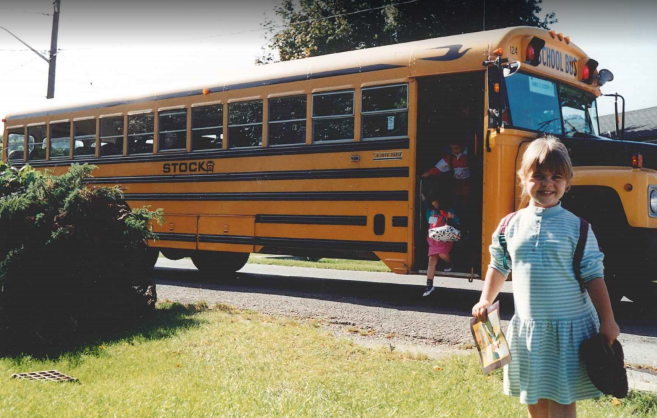
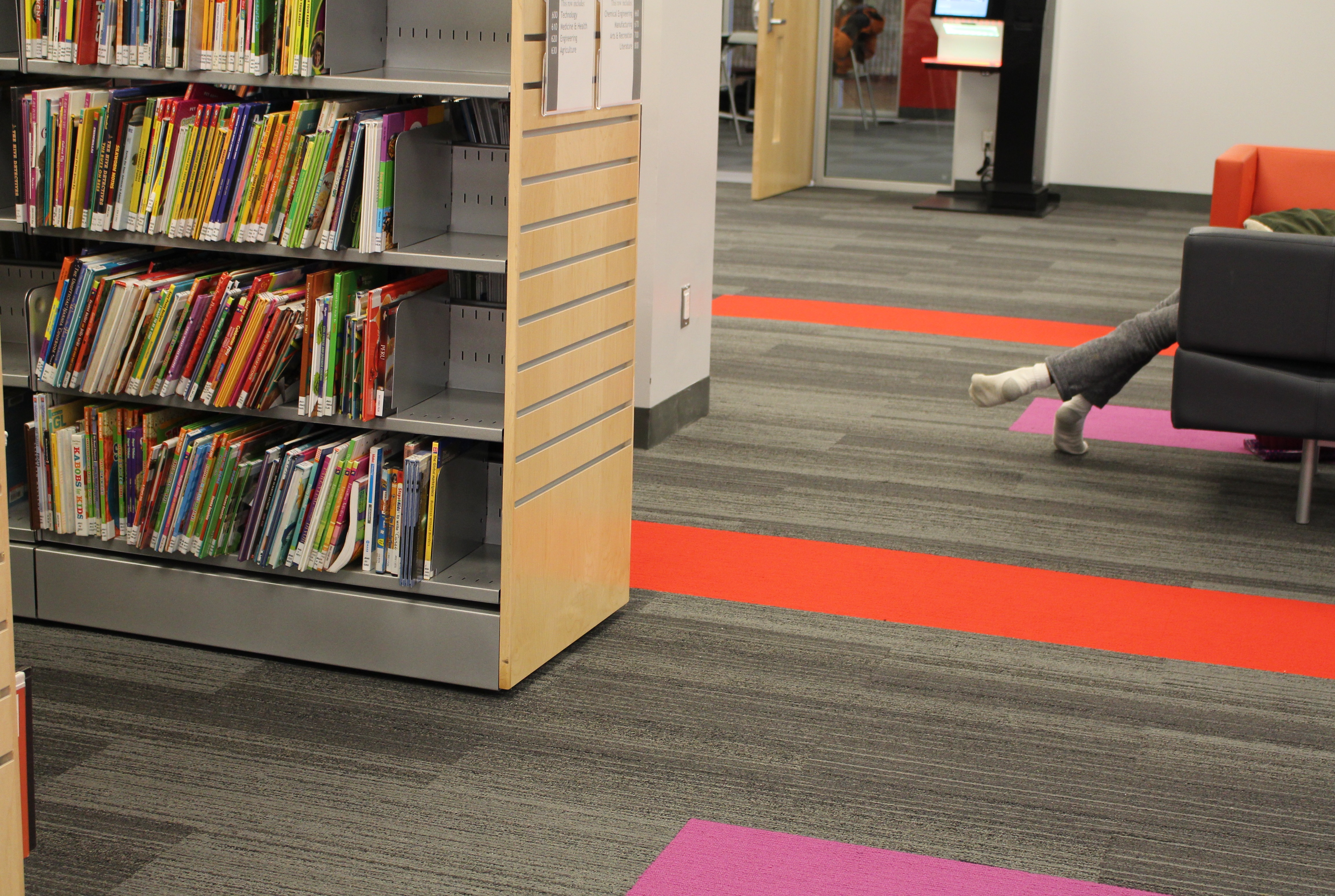
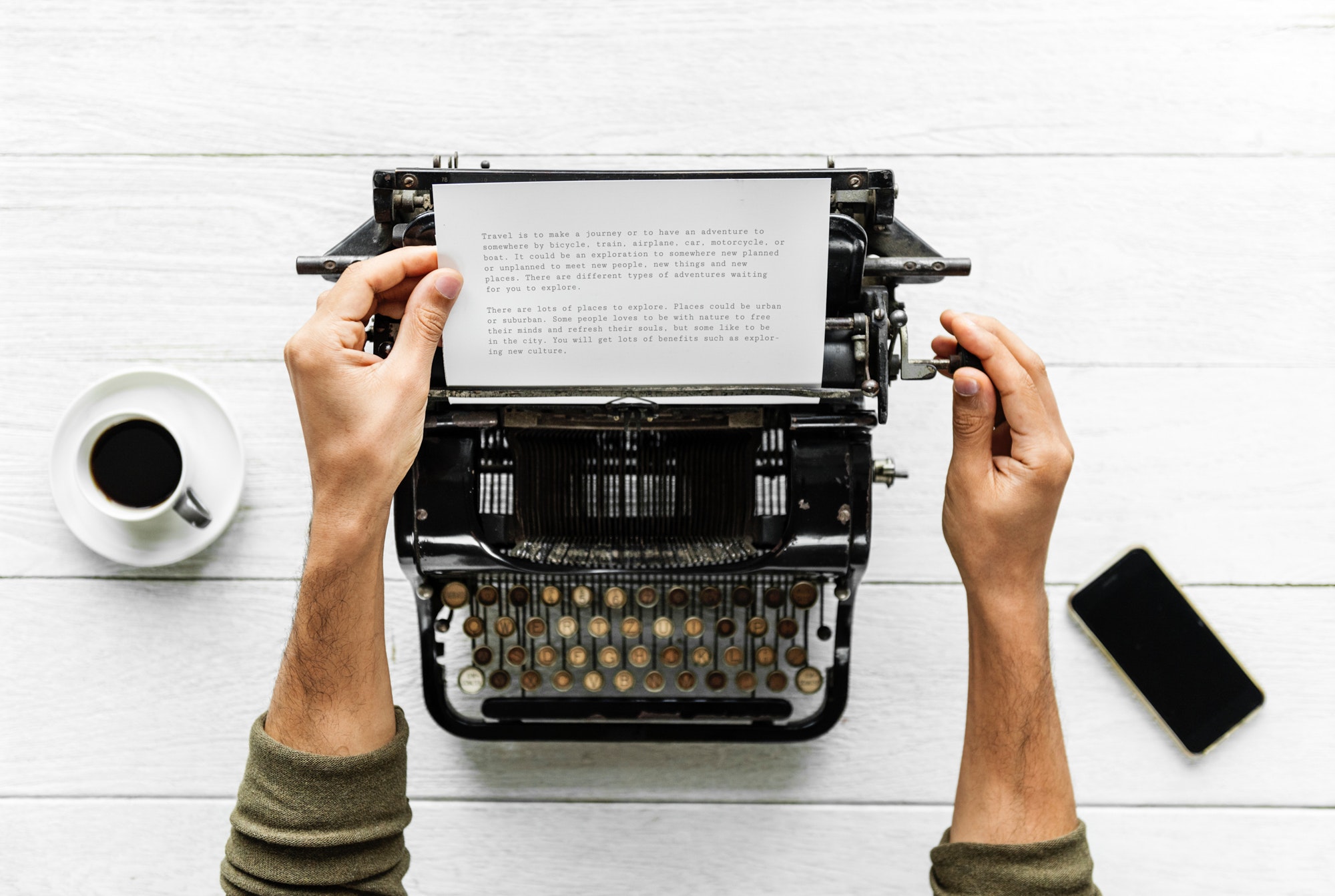

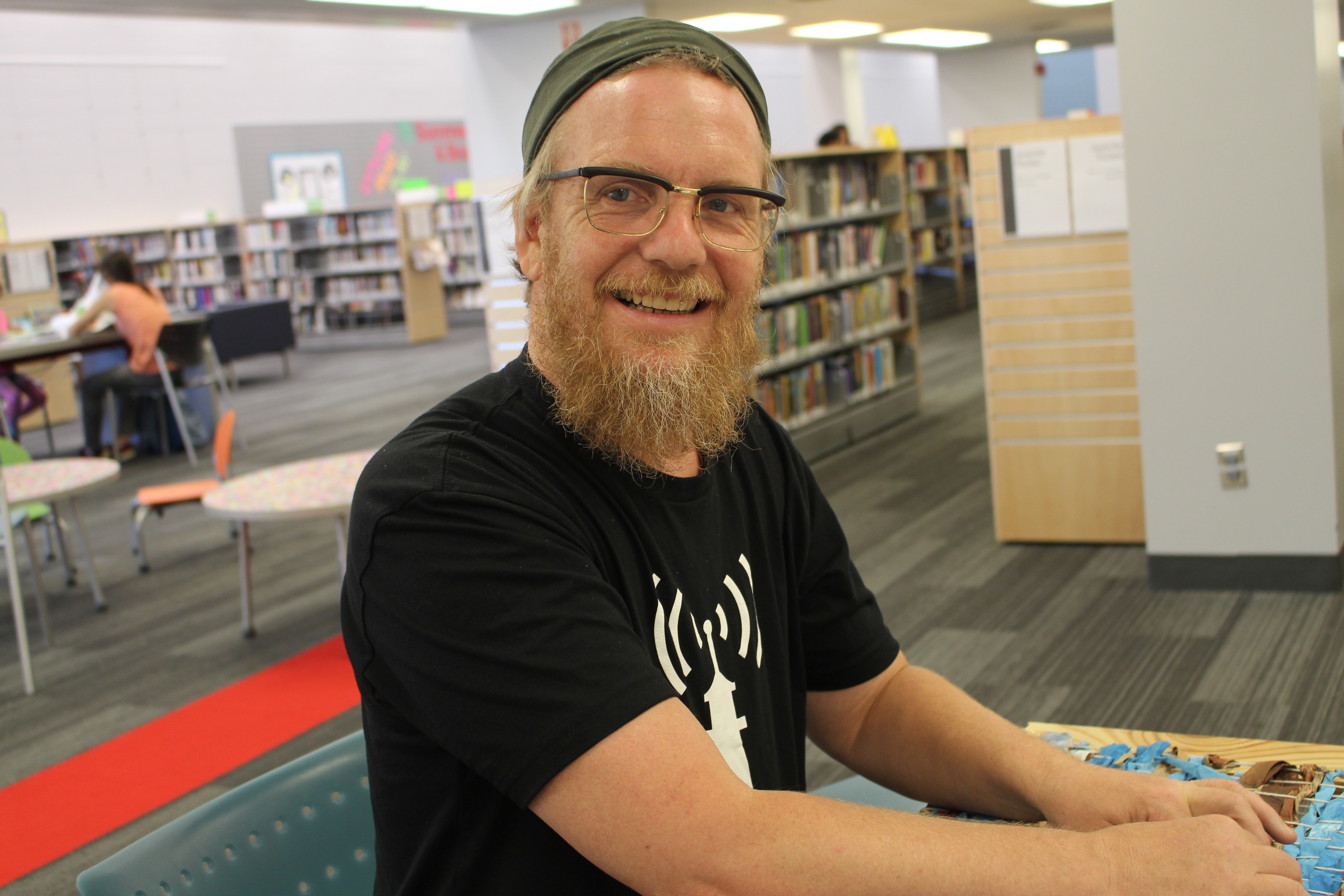
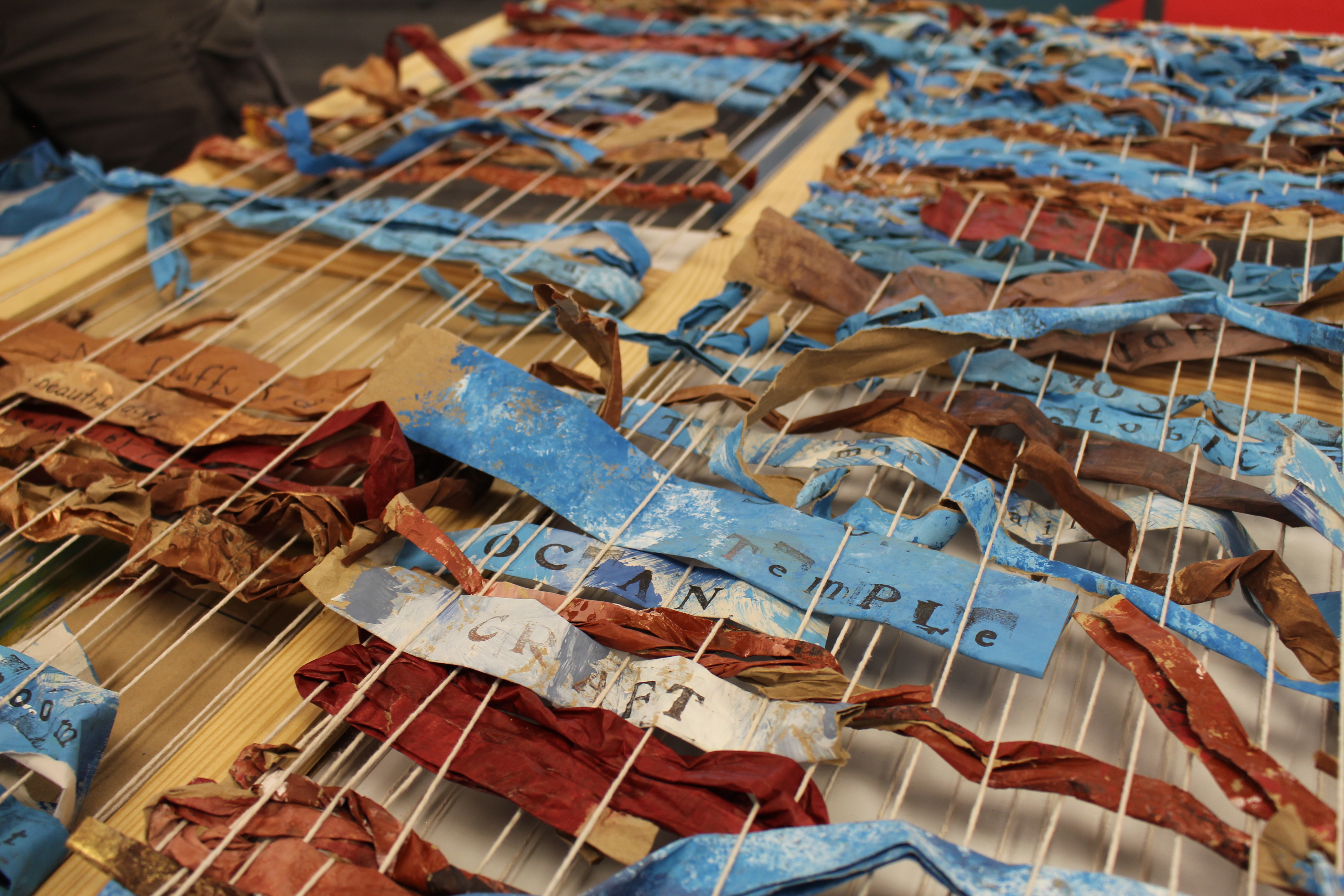
 905-793-4636
905-793-4636